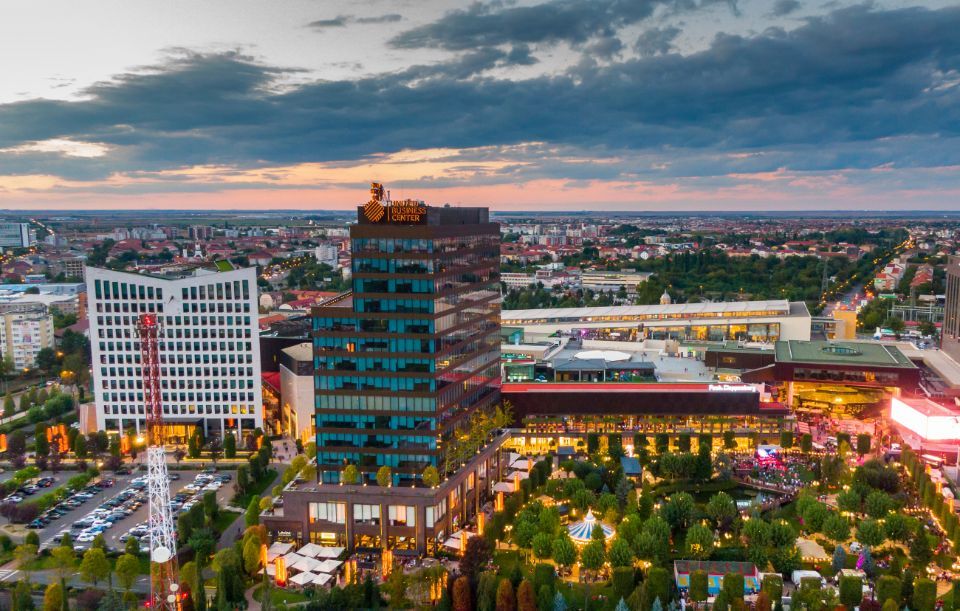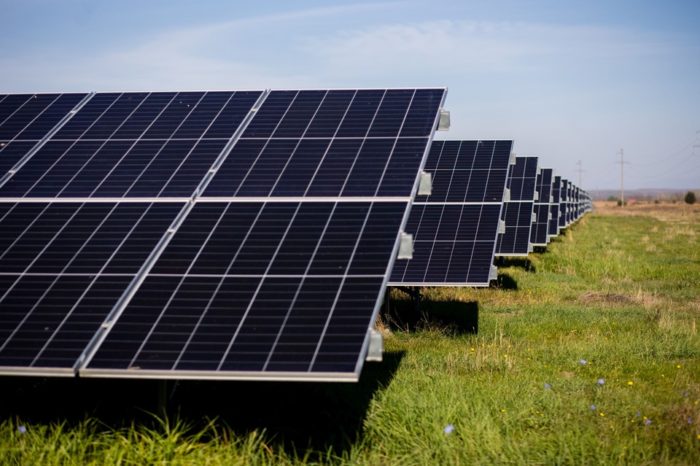Colliers: 2022 could become both a record year and a transition period for the Romanian real estate scene

The Romanian real estate market has enough resources for a strong pick-up in activity in 2022, subject to how the pandemic will evolve, as well as other new themes, Colliers consultants predict. The repricing of risk and other post-pandemic trends will greatly influence the appetite and value of real estate investments in 2022 and beyond. A major opportunity which Romania should take advantage of relates to EU funds: the coronavirus aid package plus the normal allocation for the 2021-2027 period for Romania is around 80 billion euro or one third of the country’s GDP. Consequently, 2022 could be a record year for real estate investments in terms of market activity, with the industrial market also potentially ready to set new benchmarks.
The rapid rise in US dollar interest rates, and the scope of similar EUR-related developments as soon as 2023, is arguably the most important visible theme for global markets at the start of the year, as we are starting to sense an end to the pandemic. With the repricing of risk, safe (cash-generating) and/or inflation-proof assets will be favoured over those with lofty promises, but little to show for now, Colliers consultants predict. Emerging countries like Romania will have a great spotlight shining on them and their structural weaknesses, which does underscore an increased risk for a recession (though this is not the main scenario by far).
The news coming out regarding the Omicron variant and the fact that antiviral tablets are on the way, could mean that the COVID-19 pandemic might be entering its endgame phase. But hybrid/remote work will become a common practice within many companies even after the pandemic. In the post-pandemic world, Colliers consultants also talk about a much more focused approach on ESG (environment, social, governance) criteria to an unprecedented acceleration of digital/automation adoption.
The onset of the pandemic and the more recent rise in energy prices have shone a much brighter spotlight on the importance of ESG in the real estate sector. Pandemic-proofing offices to ensure continuity in case of future such outbreaks will be something that most landlords and tenants will be looking into on a continuous basis from now (as an added expenditure). Meanwhile, owning or leasing an energy-efficient building is shown to be much more than a fad now in the current energy crisis.
With Romania set to receive close to EUR 80bn in EU funds (structural funds plus from the covid recovery funds plus agricultural subsidies) by the end of this decade, which is added the estimated growth for 2022 somewhere between 3 and 4%, as the investments will be kicking in, Colliers consultants would expect growth to accelerate and remain robust in the subsequent years.
With office vacancy likely to peak above 20% for Bucharest in 2022, it will likely take at least a couple of years for the market to return to a more neutral stance from a tenants’ market, but the recovery will be uneven. In the context of clear signs from large global companies that they want to bring employees back in office and expecting that local firms to do the same, Colliers consultants reiterate that good, well-located/well-connected buildings will fare much better, while the rest will have to compensate by offering deeper rent discounts, widening the gap between the best and the rest. Also, they are noting signs of new (large) tenants entering the Bucharest office market, which will, in time, more than compensate for the fact that some (not all) companies are reducing their office footprint amid hybrid work.
Colliers consultants predict a new golden age for the logistics and industrial market. Despite the modern warehousing stock increasing by around 10-20% in Romania, year after year, since 2016 (i.e. doubling since then), there is still no end in sight for this boom. In fact, it is getting a fresh boost from aspects like recent geopolitical tensions and the supply chain issues of 2021 which highlight the importance of having at least some of your production/storage capacities closer to home, making the CEE a prime re-shoring option for Western European countries. Romania remains quite significantly undersupplied in terms of modern warehouses when taking stock of the consumption levels comparable to many Eastern (or even Western) European countries. Infrastructure developments in the Bucharest area (the new ring road) and planned highways will become that much more relevant as they will open/boost new submarkets.
Retailers are learning to live alongside e-commerce. Although Colliers consultants expect that large portions of the retail market to come under increased pressures, large, dominant malls in big cities ought to eventually regain their status as magnets, drawing customers with their diverse tenant mix (keep in mind that Romanians are also much more predisposed to want to see a product before buying it than most Europeans). Also, retail parks in small and medium-sized towns, where people do not tend to purchase as much from the internet, are also seen as a safe alternative and have had booming sales during the pandemic years.
Based strictly on the major deals (mostly related to office buildings) we are aware of at the start of the year, 2022 actually has the pedigree to be the best year post-2008 for investments, maybe the best in history for Romania in terms of overall volumes, Colliers consultants predict. There are big changes to breach the EUR 1bn threshold Firstly, investments in trophy assets/the best the market has to offer will become much more visible as some will place a much higher price on safety, leading to a wider gap between prime and non-prime assets. Secondly, we note the inclination of owning some assets over the others, with industrial and residential clearly preferred globally, though for Romania in particular, we continue to see steps towards residential for rent turning into a more established market.
2022 seems to be a moment of reckoning for residential. Though the demographic data are not as reliable, there are some certainties, like the changing of post-COVID working habits, the current inflationary backdrop heightening the appeal of residential investments, the scope for residential prices to finally outpace wage growth for the first time in recent years, plus much higher construction prices. Overall, the factors seem to be pointing to the prices shooting up a bit, potentially leading the market to start overheating and move into bubble territory. Based on averages, Colliers consultants believe that the market is in fair market price territory, but this can change quite fast.
Coming off from a post-2007 high in terms of market volumes, Colliers consultants note that there may be some arguments for a slowdown of the land market, but the good transaction pipeline at the start of the year suggests that even if a cooldown were to take place, it would not be significant. In fact, volumes could very well turn out similarly in 2022, note Colliers consultants, who are expecting that interest for good land plots in certain towns (especially in those where there are administrative issues leading to a slower zoning process) will drive prices higher, while residential and retail developers will remain very active. Assuming the expected recovery of the office market starts to take shape, Colliers consultants will expect these developers to return to the table in much higher numbers than in 2021.














